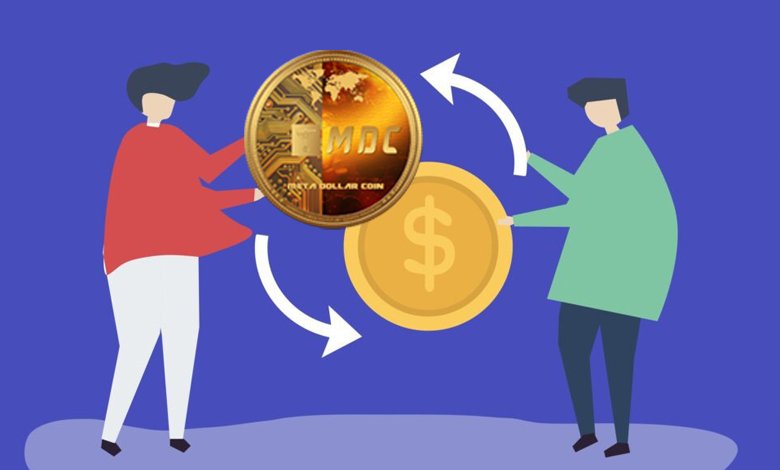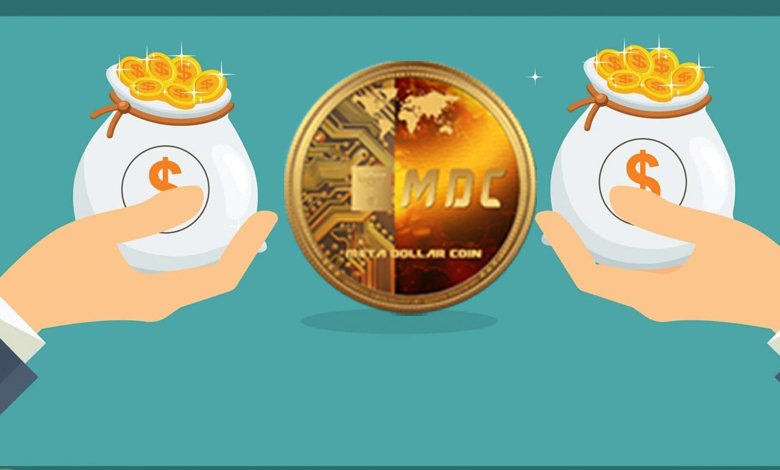Government Regulations and Their Impact on Crypto Prices

🏛️ Government Regulations and Their Impact on Crypto Prices (2025 Guide)
Cryptocurrency markets are known for volatility — but one of the biggest drivers of those price swings isn’t just technology or demand.
It’s government regulation.
From India’s taxation rules to U.S. SEC policies, every new announcement can send crypto prices soaring or crashing overnight.
In this guide, we’ll explore how regulations influence crypto prices, with examples, global trends, and the Indian perspective.
⚠️ Disclaimer: This article is for educational purposes only and not financial advice.
💬 Why Regulations Matter in Crypto
Cryptocurrency was built to be decentralized — free from government control.
However, for mass adoption and investor protection, regulatory clarity is essential.
When governments introduce clear and positive frameworks, it builds trust and institutional confidence, often leading to price growth.
But when they announce bans, restrictions, or taxes, it can trigger panic selling.
In short:
✅ Regulation = Stability
❌ Uncertainty = Volatility
🌍 Global Examples: How Regulation Moves Markets
🇺🇸 United States (SEC and ETFs)
-
In early 2024, the U.S. approved Bitcoin spot ETFs, allowing traditional investors to buy BTC through regulated funds.
→ Result: Bitcoin price surged above $70,000 for the first time. -
On the other hand, SEC lawsuits against Ripple (XRP) or exchanges like Binance caused short-term dips.
🧭 Lesson: Positive regulatory signals → bullish markets. Harsh enforcement → short-term fear, long-term maturity.
🇪🇺 Europe (MiCA Regulation)
-
The EU introduced the Markets in Crypto Assets (MiCA) law, providing a clear legal framework for crypto companies.
-
This boosted investor confidence and led to stable institutional growth in Europe.
🧭 Lesson: Clarity invites investment — prices respond positively to predictable laws.
🇮🇳 India (Taxation & Compliance Rules)
-
In 2022, India imposed a 30% tax on crypto gains and 1% TDS on transactions.
→ Immediate effect: Trading volumes on Indian exchanges dropped sharply.
→ Long-term: Shift toward long-term holding and peer-to-peer transactions. -
By 2025, India continues to allow crypto trading but under strict KYC, AML, and FIU registration norms.
🧭 Lesson: Heavy taxes and compliance rules reduce short-term trading but encourage long-term investment behavior.
📊 5 Ways Government Regulations Affect Crypto Prices
1. Investor Confidence
When regulations protect investors and legitimize crypto, prices rise due to new inflows from institutions and mainstream adoption.
2. Market Liquidity
Strict taxes or trading bans can reduce liquidity, leading to low trading volumes and higher volatility.
3. Exchange Behavior
When governments impose registration or compliance requirements, smaller exchanges may shut down, consolidating market power and temporarily disrupting prices.
4. Innovation and Project Migration
Unclear or harsh regulations drive projects to relocate to friendlier jurisdictions (like Dubai or Singapore).
→ Reduces local innovation, limits national market growth.
5. Global Synchronization
Since crypto is borderless, a single country’s regulation (like the U.S. ETF approval) can impact global prices, including in India.
🇮🇳 India’s 2025 Regulatory Climate: A Balancing Act
-
Legal Status: Crypto is legal but regulated — classified as Virtual Digital Assets (VDAs).
-
Taxation: 30% on gains + 1% TDS on trades.
-
Compliance: Exchanges must follow FIU-IND and AML guidelines.
-
RBI Stance: Still cautious about using crypto as legal tender.
Impact on Prices in India:
-
Short-term: Reduced day-trading activity.
-
Long-term: Stronger foundation for institutional investment once frameworks stabilize.
🪙 Historical Examples of Regulation Affecting Prices
| Year | Event | Effect on Price |
|---|---|---|
| 2017 | China banned ICOs | Bitcoin dropped 25% in a week |
| 2020 | U.S. adopted friendlier rules for custody | BTC rallied from $10K → $20K |
| 2021 | El Salvador adopted Bitcoin as legal tender | BTC surged 10% in 24 hours |
| 2022 | India introduced crypto taxation | Indian trading volumes fell ~70% |
| 2024 | Bitcoin ETF approval (U.S.) | BTC hit new all-time high ~$73K |
🔍 The Balanced View: Regulation Isn’t Always Bad
While traders often fear new rules, regulation adds legitimacy to the crypto industry.
As countries establish clear policies:
-
Big investors feel safer entering the market.
-
Startups operate transparently.
-
Fraud and scams reduce.
In the long term, this stabilizes crypto prices and encourages mainstream adoption.
💡 What Investors Should Do
-
Stay Informed: Follow updates from India’s Finance Ministry, SEBI, and RBI.
-
Comply with Taxes: Report all crypto gains to avoid penalties.
-
Choose Regulated Exchanges: Use FIU-registered platforms (like CoinDCX, WazirX, ZebPay).
-
Diversify: Regulatory changes can hit some coins harder than others.
-
Think Long-Term: Regulatory clarity often benefits patient investors.
🚀 Final Thoughts
Government regulation is not the enemy of crypto — it’s the bridge to legitimacy.
Short-term market dips may follow new policies, but in the long run, a transparent and regulated environment is what will make crypto sustainable and globally integrated.
🧭 In summary: Regulations shape perception → perception drives price → informed investors win.









